The West must risk more for Ukraine now or face more, and worse, conflict later
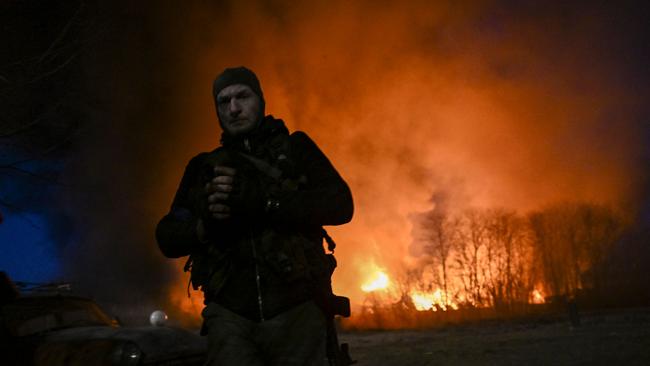
The West’s expectation seems to be that over time the costs of a protracted conflict, along with economic and political isolation imposed by the US and its allies, will exhaust Russia and lead to its withdrawal from Ukraine and possibly to political change in Moscow. Many believe Vladimir Putin’s overthrow is necessary for the restoration of Ukraine’s sovereignty.
The US successfully pursued a similar strategy in Afghanistan in the 1980s, which contributed to the demise of the Soviet Union. I was involved in developing and implementing that strategy as a member of Reagan’s State Department, and we succeeded beyond our initial expectations. Our goal was only to make Soviet victory costly enough to deter further expansion.
Putin and his team presumably have studied the lessons of Afghanistan and will seek to avoid a similar outcome in Ukraine. They also have other models such as Syria in mind. But Ukraine may be without precedent.
The US and its allies have selected a strategy that minimises risk to themselves by avoiding conflict with Russia. Joe Biden has stated repeatedly that defending Ukrainians with a NATO no-fly zone, as Volodymyr Zelensky has requested, is too risky because it would lead to direct conflict with Russia and possibly spark World War III.
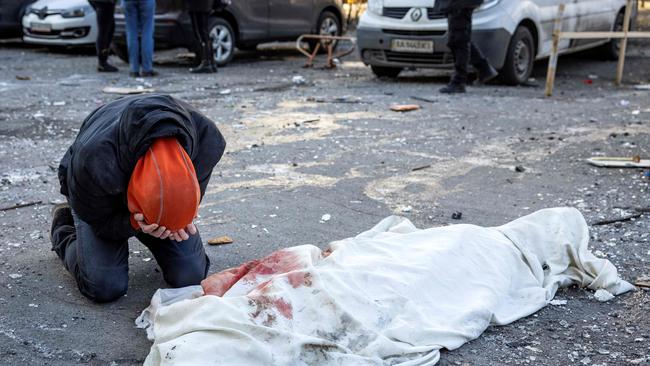
This assessment assumes that Russia is willing to risk a limited air-to-air war with the West, and perhaps even a broader conflict, over Ukraine. It further assumes that Moscow is willing to risk more over Ukraine than the West is because Ukraine is more important to Russia than it is to the West.
Those who have interacted with the Russian ruler recently report a changed personality: darker, more aloof, and more short-tempered and threatening. Still, we can’t be sure that he is less risk-averse than Biden because, before the invasion, the administration announced that it wouldn’t risk war with Russia if Ukraine was invaded, which reduced Russia’s risk. Russia’s interest in avoiding a conflict with the West is equal to the West’s interest in avoiding one with Russia. But so far Putin has convinced the Biden administration that he sees things differently.
The US strategy doesn’t eliminate risk; it merely pushes the risk of conflict to a later stage and time. And the insurgency scenario is based on an inapt analogy.
Unlike Afghanistan, where rebel forces were able to base themselves in Pakistan, Putin will never acquiesce to the existence of sanctuaries and support for Ukrainian insurgents in neighbouring states, including NATO members.
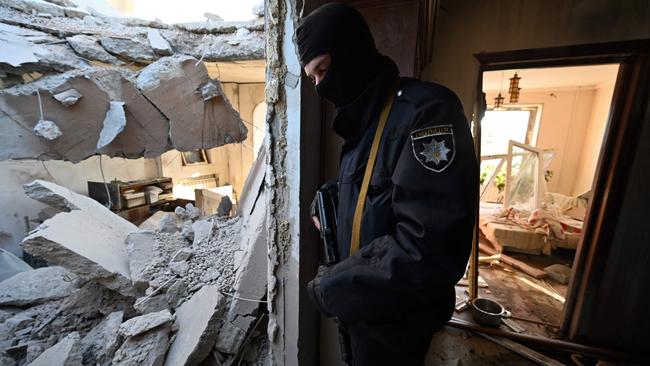
His responses would likely include positioning nuclear-armed missiles in Ukraine to target those states, attacking the sanctuaries, pursuing resistance forces across borders. He would also surely instigate Russian and other minorities in neighbouring states and equip them with weapons to destabilise states allied with free Ukraine. Putin has used a similar game plan in Ukraine’s Donbas region and in Georgia to destabilise Abkhazia and South Ossetia before occupying them in 2008.
For each of these actions, the US would face new dilemmas, forcing it to reassess its appetite for risk. Would supporting Ukrainian insurgents and providing sanctuaries be worth risking war with Russia? Ukraine’s neighbours will demand to know whether the US would risk nuclear war – possibly including attacks against US cities – to defend them. Many would ask whether the US will defend sanctuaries when it didn’t defend Ukraine, a country that shares Western values and is fighting heroically for them.
All these developments would endanger NATO, which in recent weeks has been revitalised.
The US should revise its strategy to set the stage for negotiating a palatable solution between Russia and Ukraine. This will require the US to adjust its risk calculus and help Ukrainians defend themselves more effectively now – for example by supporting the provision of Polish MiG-29 fighter jets.
Patrolling allied countries’ borders between Ukraine and Russia can quarantine Russian aircraft. The US could even selectively defend specific targets to deter Russian attacks. Permitting Ukrainian aircraft to use Polish bases with a US troop presence should also be considered. Russia must begin to fear that subjugating Ukraine will risk a conflict with the West.
There should be a diplomatic initiative that addresses legitimate Ukrainian and Russian concerns and strives to find a fair accommodation. As Henry Kissinger has said, Ukraine should be neither a Western outpost against Russia nor a Russian outpost against the West. This will mean Ukraine shouldn’t join NATO but should be entitled to have strong defence forces like several other European countries that aren’t in the alliance. But Ukraine should join the EU as soon as possible.
It also must internally reconcile its two parts, the Catholic and pro-Western region in the west and the Orthodox and pro-Russian region in the east. An arrangement must be worked out regarding Crimea. Finally, the world must commit to help Ukrainian refugees return home and rebuild Ukraine after a settlement is made.
US strategy has already failed Ukraine, but the worst is yet to come. Russia has been clumsy and has suffered for it, but there is no indication that Putin will back down and accept defeat.
For the sake of the Ukrainian people, who have sacrificed so much already, the US needs to do more to defend them and also work with Ukraine, Russia and others for a diplomatic settlement.
Zalmay Khalilzad was the US ambassador to the UN 2007-09
The Wall Street Journal

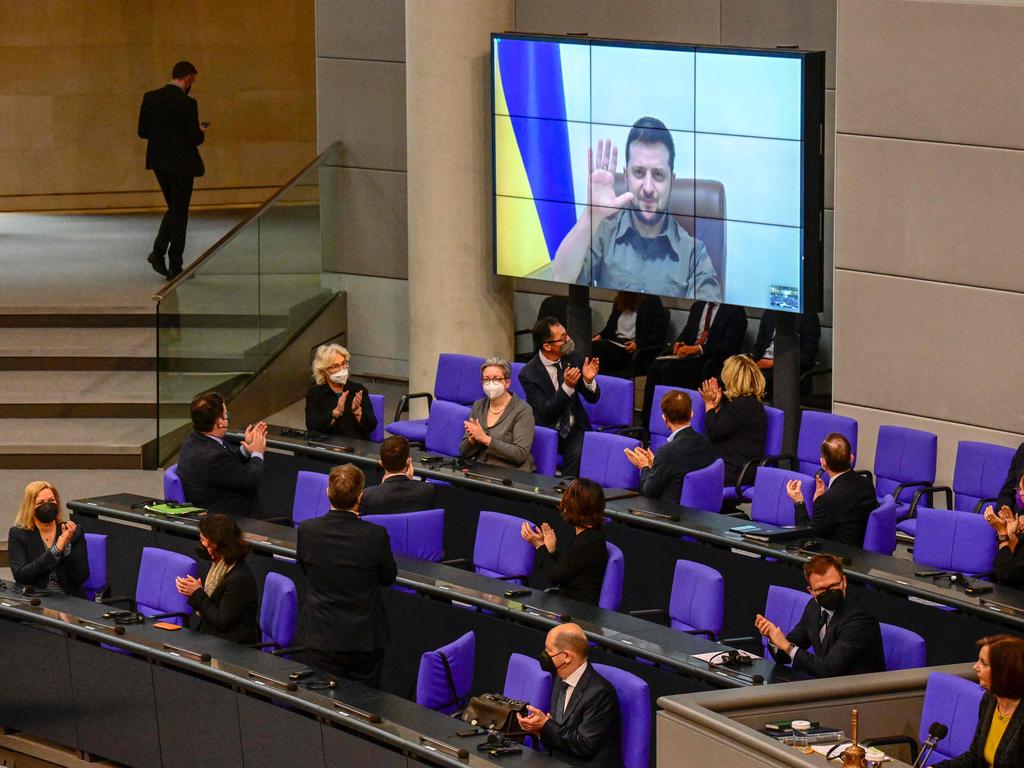
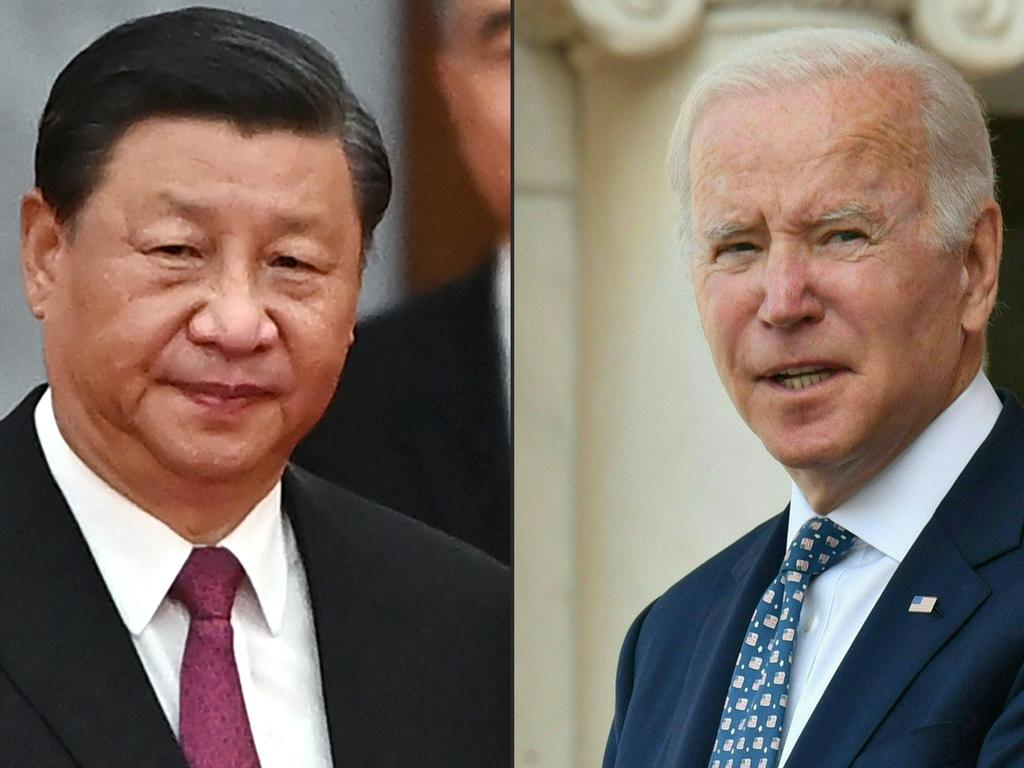
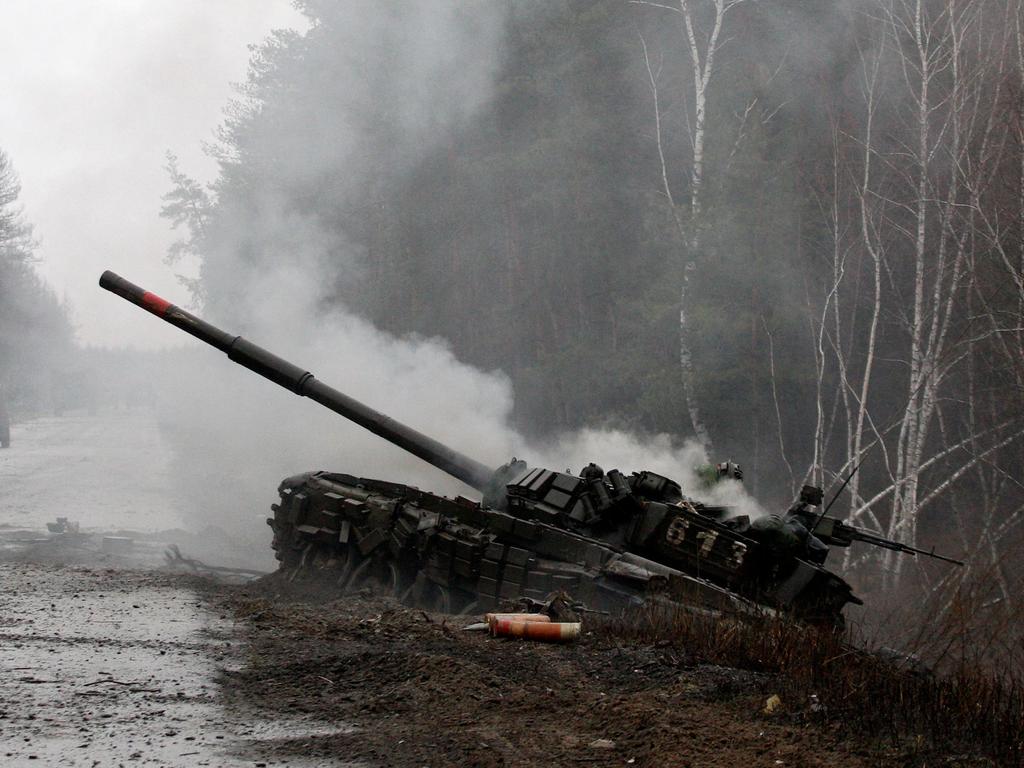
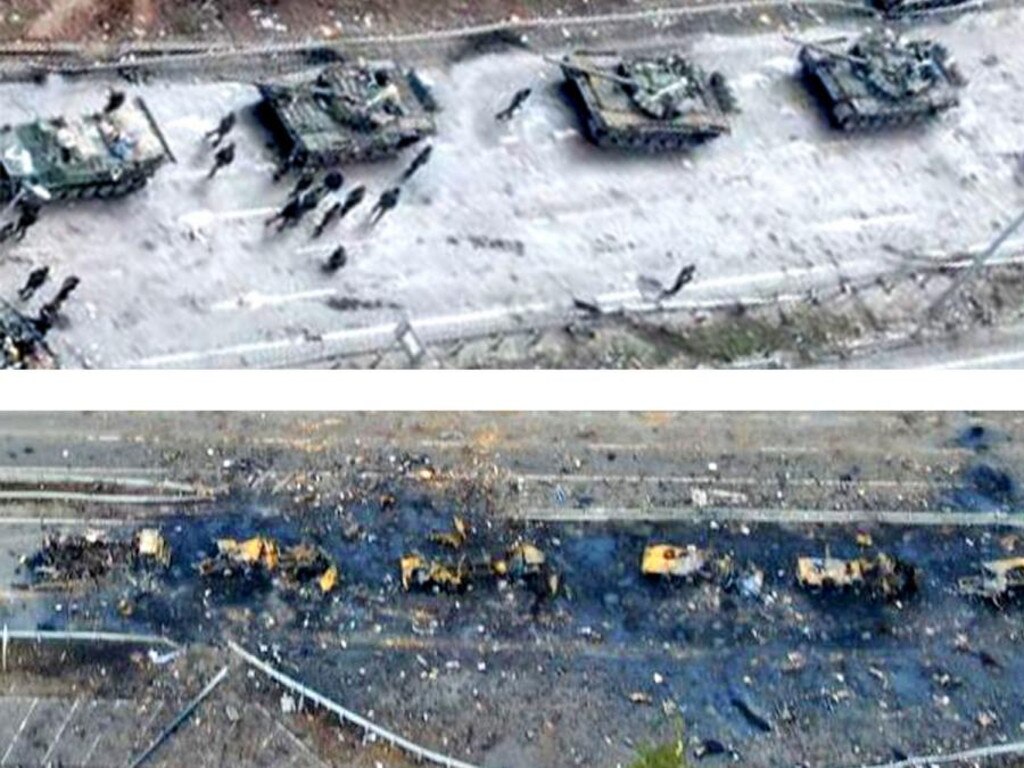

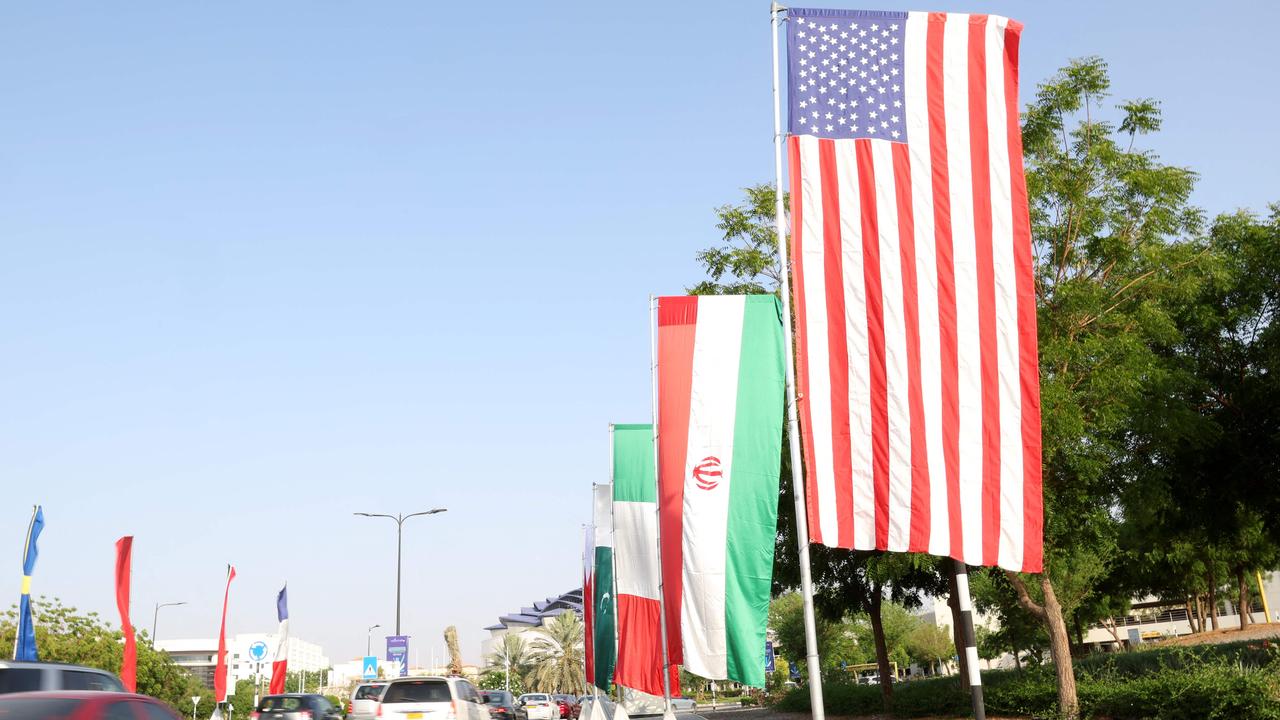
Will Ukraine become another Afghanistan? The most likely scenario appears to be a Russian takeover of the country’s major cities and the installation of a puppet government in Kyiv. Ukrainian resistance would then evolve into an enduring insurgency led by political leadership based abroad and backed by the US and NATO.